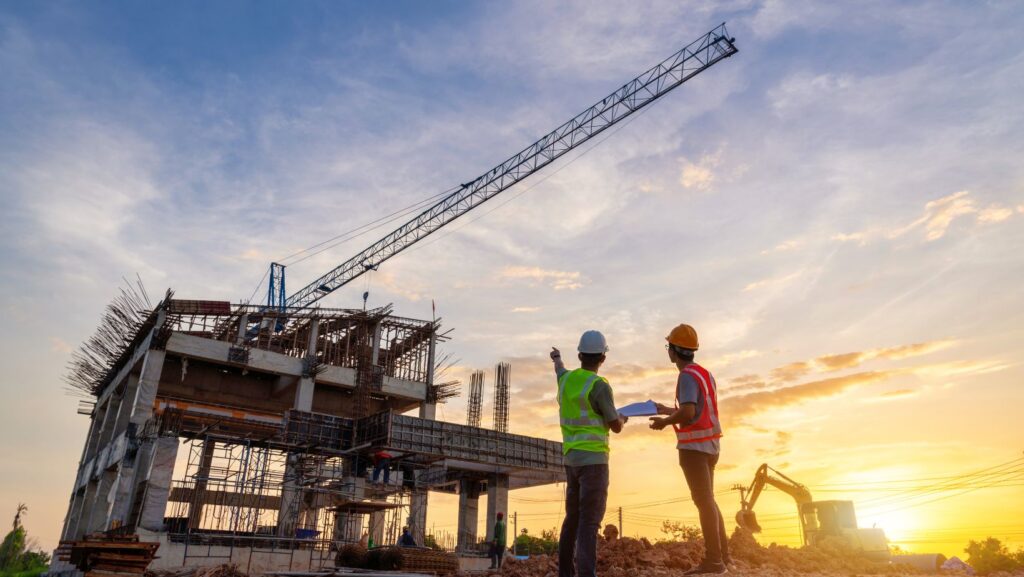Introduction
As the impacts of climate change become increasingly evident, the need for resilient infrastructure has never been greater. Buildings and other structures must be able to withstand not only the extreme weather events that are becoming more common but also other risks such as earthquakes, floods, and fires. This comprehensive guide provides valuable insights on how to design and construct building projects that can withstand these challenges.
Benefits of Climate-Resilient Building Projects
- Protect human life and property: Resilient structures can safeguard occupants and their belongings from the damaging effects of extreme weather and other hazards.
- Reduce infrastructure damage: Climate-resilient buildings can withstand natural disasters without suffering significant damage, reducing the need for costly repairs and replacements.
- Increase property value: Properties that are perceived as being resilient to climate change and other risks can command higher market value.
- Promote sustainability: Resilient construction techniques often incorporate eco-friendly materials and designs, reducing environmental impact.
Practical Tips for Building Climate-Resilient Projects
Materials Selection:
- Use durable materials that can resist extreme temperatures, moisture, and wind.
- Consider using recycled and sustainable materials to reduce environmental impact.
- Pay attention to the roofing system, as it is particularly vulnerable to wind and rain damage.
Structural Design:
- Implement strong foundations to anchor the structure against wind and seismic forces.
- Use wind-resistant windows and doors to prevent air infiltration and protect against debris impact.
- Incorporate passive design strategies, such as natural ventilation and daylighting, to enhance resilience during power outages.
Location and Site Planning:
- Avoid building in areas prone to flooding, sea level rise, or other natural hazards.
- Elevate structures above potential flood levels and consider using flood barriers or pumps.
- Plan for evacuation routes and emergency access in case of disasters.
Technology and Monitoring:
- Install sensors and monitoring systems to detect and respond to potential vulnerabilities.
- Use smart technology to control building systems, optimize energy usage, and enhance overall resilience.
- Ensure adequate emergency power supply to maintain essential systems during disruptions.
Maintenance and Preparedness:
- Regularly inspect and maintain building components to identify and address potential issues.
- Develop emergency preparedness plans and conduct drills to ensure staff and occupants are aware of safety procedures.
- Consider purchasing insurance to protect against financial losses in the event of a disaster.
Conclusion
Building projects that can withstand climate change and other risks are essential for a resilient future. By incorporating climate-resilient design principles and practical tips into construction plans, architects and engineers can create structures that protect human life, safeguard property, and enhance overall sustainability. Investing in resilient infrastructure now will significantly reduce the long-term costs and risks associated with extreme weather events and other disasters.



